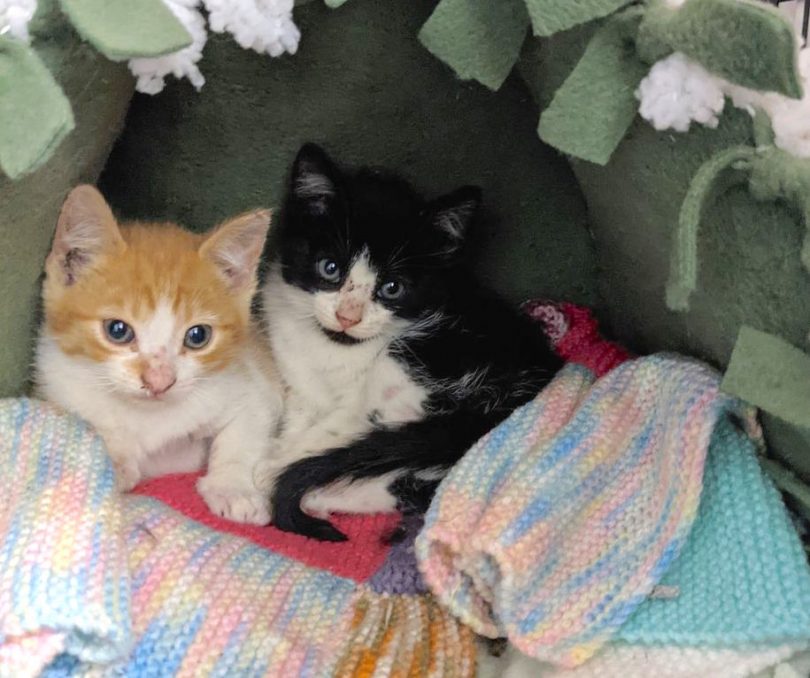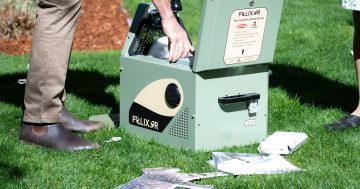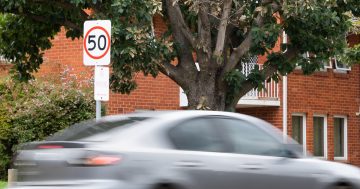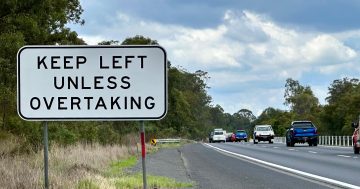
Two homeless kittens taken off the streets in December. Photo: Canberra Street Cat Alliance Facebook.
Are we in the midst of a speeding epidemic or are the speed limits in Canberra just confusing? Canberra’s ever-changing speed limits, ranging anywhere from 50 to 100km/h on a suburban commute created plenty of irritation among readers.
Chris Olsen said: “Drive safe, drive smart, don’t be a clown who stares at their speedo instead of watching the road”, while Regan wrote that “Coppins Crossing between the bridge and William hovel changed about seven times ranging between 40 and 80. That’s ridiculous”.
We asked, Should the ACT have more consistent speed limits? A total of 599 readers voted in the poll.
Your options were to vote No, rules are rules, just do the right thing. This received 31 per cent of the total, or 184 votes. Alternatively, you could choose to vote Yes, it’s convenient revenue-raising, nothing to do with safety. This was a clear winner with 69 per cent of the total or 415 votes.
This week, we’re wondering about street cats and how to solve the problem of strays.
An interview with Canberra’s Street Cat Alliance this week stirred up a storm of commentary about their ongoing work feeding and treating the cats before returning them to the streets, including a “mega-colony” of around 47 strays at Fyshwick.
The Alliance also runs a rehoming and adoption service and argues for a process known as TNR (trap, neuter and return), pioneered in North America. They believe that treating the cats humanely but allowing them to remain in territorial groups reduces the risk of wildlife deaths.
“These community cats are like an extended family group. They’re feeding on rodents or from bins with food scraps. The misinformation is in relation to the amount of wildlife they kill because when they have a food source, they live happily with the birds and other wildlife,” president Vanessa Parton said.
However, research has shown that cats have already contributed to the extinction of more than 20 Australian mammals. In Canberra, it is estimated by the ACT Government that roaming cats kill 61,000 native birds, 2000 native animals, 30,000 native reptiles and 6000 native frogs each year.
There was some felt sympathy for the animals’ plight.
Cat Lumsden said: “They are not feral, they are ABANDONED. Poor bloody things. It’s the feral people who left them there that should be destroyed. Grrrr.”
Nadia Waugh applauded the work of the Alliance: “Fantastic to hear that they are loved and cared for … thanks to the awesome humans who do this.”
But others disagreed.
Peter Rowlands said: “Simple: no dog or cat should be wandering the street unattended. Cats especially as they kill native birds on a regular basis. All areas should be cat containment areas.”
Beth Mansfield added: “No thanks, whilst I like cats a great deal, I also like birds and marsupials. What a *thoroughly* inappropriate stance.”
Our question this week is about how to deal with stray cats and the problems they pose for wildlife.

















